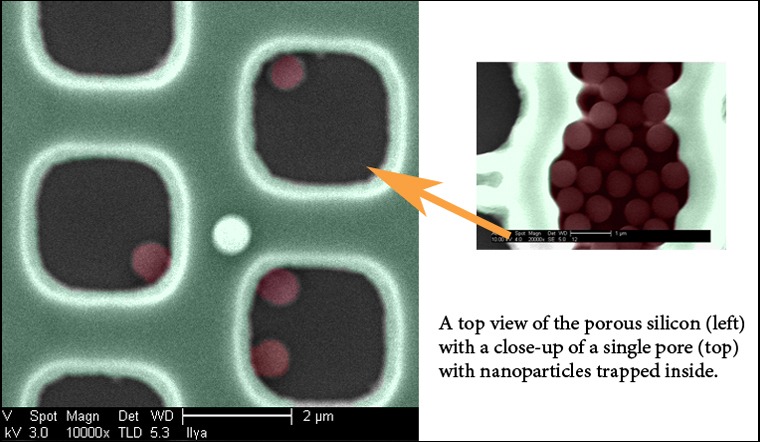
Since the outbreak of the pandemic, medical professionals have been at the front lines, upholding the Hippocratic Oath and putting their own lives at risk to help and treat COVID-19 patients. While efforts have been made to ramp up the production of the gold standard of masks, the N95 respirator, shortages persist. Many medical professionals report re-using masks for weeks, or even months. Quite simply, constant exposure and less protection means greater risk. Doctors and nurses, who come into contact with the virus daily, may unknowingly spread the virus beyond their wards, if they remain asymptomatic and undiagnosed.
Three Hebrew University researchers are developing a solution.
A Chemist, a Physicist, and a Pharmacologist Walk into a Lab
Prof. Micha Asscher is a chemist. Ordinarily he studies different applications of porous silicon and can control for the size of the pores within the material. Prof. Amir Sa’ar is a physicist. Ordinarily he works with nanostructures and is considered to be Israel’s #1 expert on porous silicon. He also researches various applications of optics. Prof. Ofra Benny is a pharmacologist. Ordinarily, she develops nanoparticles for “smart” drug delivery systems, creating nanoparticles of different sizes, tailored for specific purposes.
 The scientists are working to develop a patch (sticker) of porous silicon that medical professionals can place inside their face shields, or potentially even within their surgical/N95 masks. The pores will be 120 nanometers in diameter – a perfect fit for the Coronavirus, guaranteeing both the immobilization of the viruses (see image above) and excluding most other particles (e.g. dust) from capture.
The scientists are working to develop a patch (sticker) of porous silicon that medical professionals can place inside their face shields, or potentially even within their surgical/N95 masks. The pores will be 120 nanometers in diameter – a perfect fit for the Coronavirus, guaranteeing both the immobilization of the viruses (see image above) and excluding most other particles (e.g. dust) from capture.
The patch will serve as an alarm system, a Geiger counter for medical staff. At the end of each shift, a technician will examine the patch using a simple optical instrument developed by the researchers to determine whether the pores captured a large number of suspiciously sized particles. If so, the wearer will need to get tested for the Coronavirus and wait for definite results before (hopefully) returning to work.
Needless to say, the scientists are currently working with a dummy nanoparticle – one that mimics the Coronavirus in size but does not pose any danger. Their first milestone, or proof of concept, was quantitatively demonstrating that their optical tools were capable of detecting whether or not the pores had captured any particles (the more particles captured, the higher the optical response).
Thinking Ahead: The Coronavirus and Beyond
Looking ahead, the researchers hope to develop an even more sophisticated patch – one with diagnostic capabilities. They already know how to apply chemical coatings to the pores and will develop one that binds with the Coronavirus – specifically, to the spike proteins on its surface. These “receptors” would selectively trap nanoparticles based on size and structure, resulting in a highly specific diagnostic test.
Taking this a step further, it would become possible to design patches whose different-sized pores are coated in varying chemicals, each capable of selectively capturing a specific disease or pathogen. This would prove invaluable today and for any future pandemics.
Additional applications extend beyond medicine; science is just beginning to understand the toxicity of metal oxide nanoparticles and their negative impact on our health and the environment.
Once developed, porous silicon patches are easy and cheap to produce, making them ideal sensors for a variety of pathogens and pollutants – in developed and third-world countries alike.


